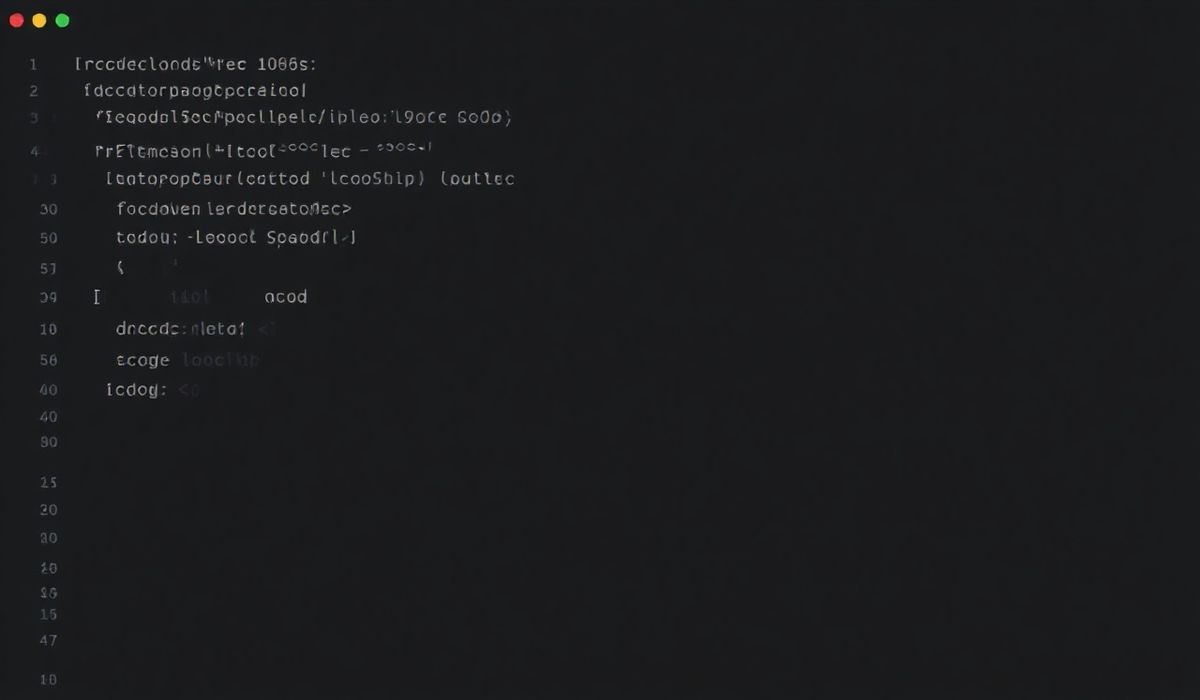Understanding Charset Normalizer: A Powerful Python Library for Character Encoding
In the world of text processing, dealing with multiple character encodings can be a challenging task. charset-normalizer simplifies this by providing a robust solution to detect and normalize character encodings in Python. Whether you are dealing with files in UTF-8, ISO-8859-1, or other character sets, this library shines as an alternative or complementary tool to chardet. In this article, we’ll explore its capabilities, APIs, and practical implementations with code examples for better understanding.
Introduction to Charset Normalizer
Charset Normalizer is a Python library designed to detect and normalize text encodings. It focuses on accuracy and refinement, making it suitable for handling a wide range of encoding issues. It supports Python versions 3.5 and later.
Installation
To install charset-normalizer, you can use pip:
pip install charset-normalizer
Key Features and APIs
Here are some of the most useful APIs offered by charset-normalizer:
1. Detecting Encoding
The from_bytes method helps detect the encoding of the given byte data:
from charset_normalizer import from_bytes sample_bytes = b'This is a test string in UTF-8 \xe2\x9c\x94' result = from_bytes(sample_bytes) print(result.best()) # Outputs the best detected encoding
2. From Path (File Analysis)
You can use from_path to analyze text encoding directly from a file:
from charset_normalizer import from_path
result = from_path('example.txt')
print(result.best()) # Outputs the best detected encoding for the file
3. Normalize Encodings
The library can normalize text by converting its encoding to UTF-8:
from charset_normalizer import from_bytes sample_bytes = b'This is a test string in ISO-8859-1 \xa3' result = from_bytes(sample_bytes) normalized_text = result.best().output print(normalized_text)
4. Customizing Encoding Detection
You can set a specific range for encoding detection using from_bytes or from_path:
result = from_bytes(sample_bytes, steps=10, chunk_size=512) print(result.best())
5. Multilingual Support
The library provides robust features to handle multilingual text and detect multi-byte encodings. Example:
text_in_japanese = b'\xe6\x97\xa5\xe6\x9c\xac\xe8\xaa\x9e' result = from_bytes(text_in_japanese) print(result.best().encoding) # Outputs 'utf-8'
Building a Practical Application
Let’s build a small application that processes text files, detects their encoding, and normalizes them to UTF-8.
from charset_normalizer import from_path
import os
def process_files(directory):
for filename in os.listdir(directory):
if filename.endswith('.txt'):
file_path = os.path.join(directory, filename)
result = from_path(file_path)
best_candidate = result.best()
print(f'File {filename} detected as {best_candidate.encoding}')
# Save normalized content to a new UTF-8 file
with open(f'normalized_{filename}', 'w', encoding='utf-8') as f:
f.write(best_candidate.output)
# Example call
process_files('/path/to/text/files')
Integration and Performance
The charset-normalizer library has minimal dependencies and is highly optimized for performance. It is well-suited for projects involving large datasets, multilingual texts, or requiring high accuracy in encoding detection.
Conclusion
Charset Normalizer is a must-have library for anyone working with text data in Python. It ensures reliability and accuracy in encoding detection while offering a straightforward API for normalization. Try it out in your next Python project to handle encoding issues like a pro.




